Lubricants to Avoid if You Use Your Pocket Knife for Food Prep
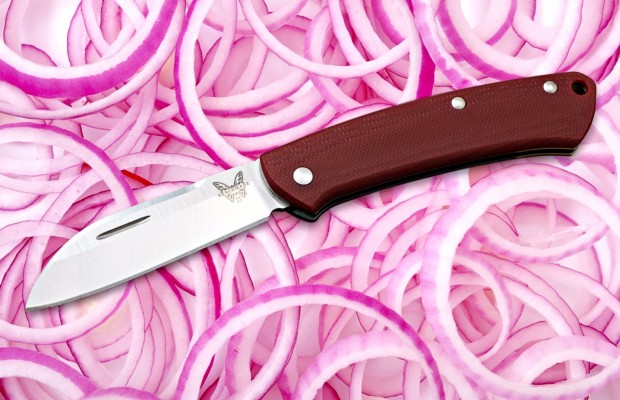
A drop of lube in the pivot of your pocket knife can completely change the action, counteracting grit and other friction-causing substances. When applied to the blade itself it also helps prevent rust and general corrosion.
But, even in tiny quantities, the chemical compounds that make their way into lubricants can be dangerous to your health. Few lubrication manufacturers designed their products for food-related applications and these companies may never have contemplated that their product might come in contact with a tomato, onion, or apple. So if you use your pocket knife to cut food, it’s up to you to make sure you are using lubrication that is food safe.
A common culprit is Teflon, otherwise known as Polytetrafluoroethylene (PTFE). Teflon once held the Guinness World Record for the Slipperiest Dry Substance, but it should never be ingested. Teflon has been linked to lower immune system function, changes in organs, and hyperthyroidism which can lead to many issues including thyroid cancer. It’s composed of perfluorinated chemicals (PFCs), compounds which fulfill all criteria for classification as persistent bioaccumulative toxins. They don’t degrade, are toxic to mammals, and accumulate in our bodies over time.
Teflon-based Rem Oil has plenty of merits in certain settings but should be kept out of the kitchen. It’s the same story for spray-on Teflon lubricants like Blaster and DuPont. The chemical is even present in the famous Chris Reeve Knives Fluorinated Grease.
Petroleum distillates can turn up in lubricant ingredient lists and may also cause health problems. If ingested, headaches and nausea can occur according to the Center for Disease Control, but the distillates also exacerbate existing issues with the kidney, liver, lungs, and skin. 3-in-1 Oil, an old school lubricant that’s been around since the 1800s is unsuitable for food prep. Another big name in this category is WD-40. This spray-on lubricant appears in most grocery and general stores but shouldn’t be ingested or left on the skin for an extended period.
Beyond these known ingredients, companies often rely on trade secrets to differentiate their lubricants. Sometimes these secret recipes are harmless, but in other instances they can pose a real risk. The literature on Nano-Oil‘s food-friendliness is thin, but if you use your knife to cut food it’s clear from the Safety Data Sheet that there are safer options.
Flitz, an ever-present name in knife maintenance, puts out a variety of lubricants, waxes, and polishing pastes. Their eco-friendly wax is USDA-approved, but some of their polishes contain trade-secret ingredients that can be harmful or even fatal if eaten.
So if food prep forms a part of your daily cutting chores, which lubricants are the safest? An easy recommendation is mineral oil. This can be purchased cheaply at any pharmacy and a single bottle will last you for years. But, mineral oil is viscous and can gunk up or even go rancid if you don’t reapply a new coat every so often. If you go this route you should plan on cleaning your knife and reapplying lubrication on the pivot much more frequently. A more practical solution may be FrogLube. According to the manufacturer, their products are only made from bio-based and food safe ingredients.
There are many other lubricants out there, and more are sure to follow. If you’re ever in doubt as to the safety, start by looking for a Material Safety Data Sheet. These forms, which manufacturers must complete, summarize the potential dangers of a compound and are usually available on the manufacturer’s website.
Knife featured in image: Benchmade 319 Proper



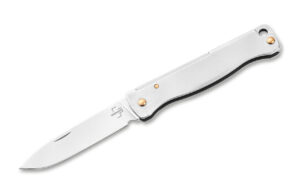
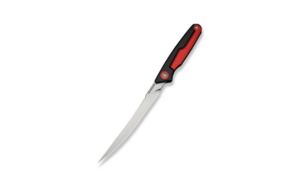
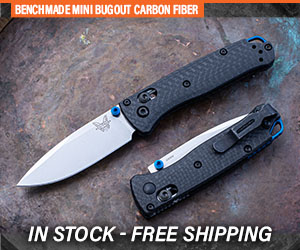








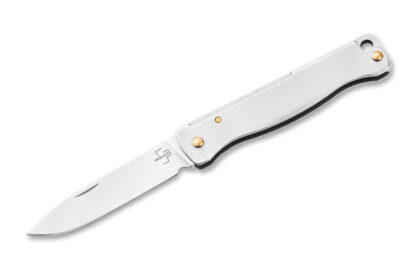
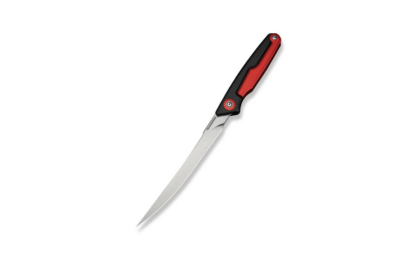

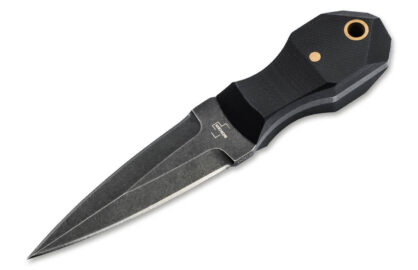



0 comments